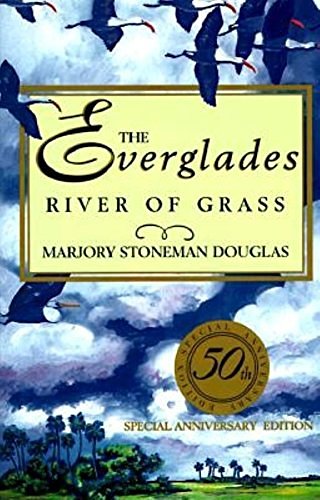
| ISBN: | 9781561641352 |
| Publisher: | SOS Free Stock |
| Published: | 1 March, 1997 |
| Format: | Hardback |
| Links | Australian Libraries (Trove) |
| Editions: |
2 other editions
of this product
|
- Chicago
- ENGLISH EXPLORER INTERNATIONAL 1 WORKBOO
- Fraser
- French Broad
- Great River
- Housatonic
- Kennebec
- Kentucky
- Lower Mississippi
- Missouri
- Niagara
- Ohio
- Powder River
- River of the Carolinas: The Santee
- River of the Golden Ibis
- Rivers of the Eastern Shore
- Sacramento
- Salt rivers of the Massachusetts shore
- Shenandoah
- Suwannee River: Strange Green Land
- The Allagash
- The Allegheny
- The American: River of El Dorado
- The Arkansas
- The Brandywine
- The Cape Fear
- The Charles
- The Colorado
- The Columbia
- The Columbia
- The Connecticut
- The Cumberland
- The Cuyahoga
- The Delaware
- The Everglades
- The Everglades: River of Grass
- The French Broad
- The Genesee
- The Gila, river of the Southwest
- The Housatonic
- The Hudson
- The Humboldt
- The Humboldt: Highroad of the West (Bison Book)
- The Illinois
- The James
- The Kaw: Heart of a Nation
- The MacKenzie
- The Merrimack
- The Minnesota
- The Missouri
- The Mohawk
- The Monongahela
- The Niagara
- The Ohio
- The Potomac
- The Potomac
- The Salinas
- The Sangamon
- The Saskatchewan
- The Savannah
- The Shenandoah
- The St Lawrence
- The St. Croix
- The St. Johns
- The Susquehanna
- The Tennessee
- The Tennessee: The New River
- The Twin Rivers: Raritan & Passaic
- The Wabash
- The Winooski
- The Wisconsin
- The Yazoo
- The Yukon
- Twin Rivers: The Raritan and the Passaic
- Upper Mississippi
- Winooski
- he Chagres: River of Westward Passage
Originally published in 1947, The Everglades was one of those rare books, like Uncle Tom's Cabin and Silent Spring, to have an immediate political effect: it helped draw public attention to a vast and little-known area that South Florida developers had deemed a worthless swamp and were busily draining, damming, and remaking, and it mustered needed public support for President Harry Truman's controversial order, later that year, to protect more than 2 million acres as Everglades National Park. Remote and seldom visited, the Everglades nonetheless had a rich human history: several Native American peoples, Spanish explorers, French and English pirates, runaway slaves, and Anglo trappers and fishermen all came to this limestone basin and made their lives among its slowly moving water and fast-growing sawgrass. It is this human history, more than the life histories of the Everglades' deer, panthers, scorpions, serpents, and alligators, that occupies most of Marjorie Stoneman Douglas's pages; even so, her lyrical if sometimes sentimental account of the area's flora and fauna makes for fine reading. Douglas died in 1998 at the age of 107, having done more than any other one person to protect this magnificent portion of wild America. Anyone wishing to continue her good work--and to understand the Everglades' importance in the shape of things--will find great riches in her book. --Gregory McNamee
Shop Preferences
Customize which shops to display. You can include the following shops by logging in to change your settings.

















